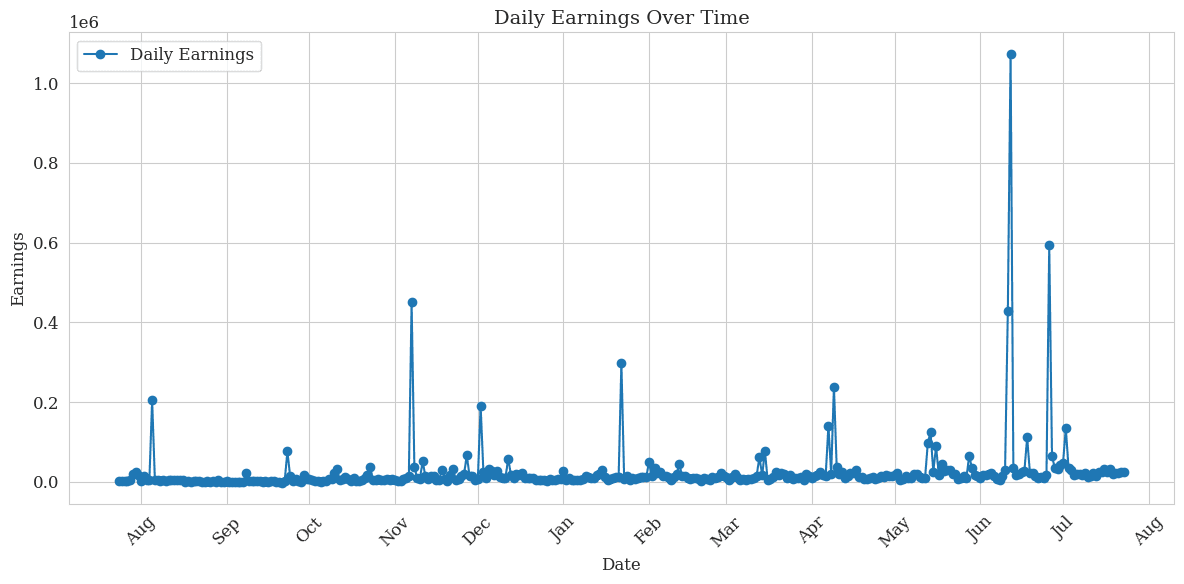When It Rains, It Pours: Why Quality Matters Most on the Big Days
A customer recently nailed it when they said:
Why does everything run smoothly for weeks on end when there’s no money at stake — and then as soon as there’s a spike, everything falls to pieces?
That’s not bad luck. That’s physics, networks, and Murphy’s Law working together in perfect disharmony.
The days when real money is on the table—those big trading spikes that come once or twice a month—are also the days when everything is under stress:
- The grid is under pressure.
- Voltage sags trip weaker systems.
- Everyone's hitting APIs at once, throttling cloud platforms and overloading vendor servers.
- Wi-Fi gets flaky under power disturbances.
- Poorly configured systems misfire or go offline right when they should be cashing in.
If you’re serious about trading and maximising your battery returns, these are the days you’re preparing for. And you only get one shot each time.
Here’s how to stay in the game:
- Hardwire everything. Wi-Fi is fine for idle weeks—not for market warzones.
- Use reliable, well-supported brands. These aren’t the days to learn about firmware bugs.
- Avoid control that relies solely on third-party clouds. When their servers buckle, you want local fallback and edge control.
- Test your setup in real-world spikes, not just pretty dashboards.
Most months, there’s one really profitable day, and it might not give any warning. Like all random events, they don’t arrive evenly spaced—they bunch, overlap, or leave long gaps. You don’t get to pick the timing, but you can choose to be ready.

With Powston, we build for that. Resilient logic. Local fallback. Automation that doesn’t flinch when things go sideways.
Because the moment it gets serious is not the moment to find out your battery app went to sleep.
P.S. The customer ended up earning $500 that night. Despite a Home Assistant change they made that interfered with control, Powston still managed to get the sell signals out—and the battery was exporting.
